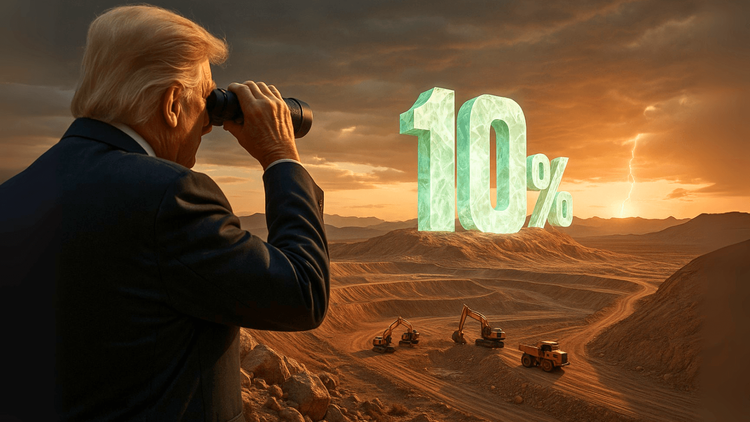From Oil Rigs to Power Grids: A New Chapter Begins
How global oil giants are navigating declining demand, electric revolutions, and the long fade of fossil fuel dominance.

A slow burn toward peak oil
Once the giants of global growth and profit, the world’s largest oil companies are facing a reckoning. They’re no strangers to volatile cycles, but this time, it feels different. The S&P Global Oil index hasn’t gained ground in nearly a decade, barely budging since 2015. That stagnation isn’t just the result of market churn or temporary dips like the COVID crash. It signals a structural shift that even industry insiders now struggle to deny.
The rise of electric vehicles particularly in China has caught Big Oil flat-footed. Consumption patterns are changing. Energy priorities are evolving. And while oil executives may not all agree on when demand will peak, more of them are acknowledging that the peak is inevitable. Shell’s head of scenario planning László Varró put it bluntly — peak oil demand is coming. Paul Gooden from asset manager Ninety One didn’t mince words either calling it a sunset industry.
A fractured response with no clear playbook
While consensus grows around the looming peak, oil producers are split on strategy. European majors have leaned into transition narratives. They’ve dabbled in renewables, electricity, and low-carbon solutions with mixed success. Shell and BP attempted bold moves into green energy only to retreat when they found the competition too fierce and margins too thin. TotalEnergies has fared better combining power generation with gas infrastructure. Italy’s Eni perhaps offers the most balanced play mixing cash flow from legacy businesses with a pragmatic green pivot.
In contrast US firms like ExxonMobil and Chevron have largely brushed off the urgency. Exxon sees no decline in oil demand before 2050 and is ramping up output. Chevron too is dismissive of any near-term ceiling on demand. Even in Norway often seen as a climate leader Equinor plans to keep oil production steady through 2035 focusing on squeezing every last drop from the North Sea.
Shell plans to hold production flat through 2030 while BP has quietly reversed course on its earlier promise to reduce output instead targeting a modest increase. The message from these companies is clear. They don’t see the world quitting oil anytime soon and they’re betting their futures on that belief.







